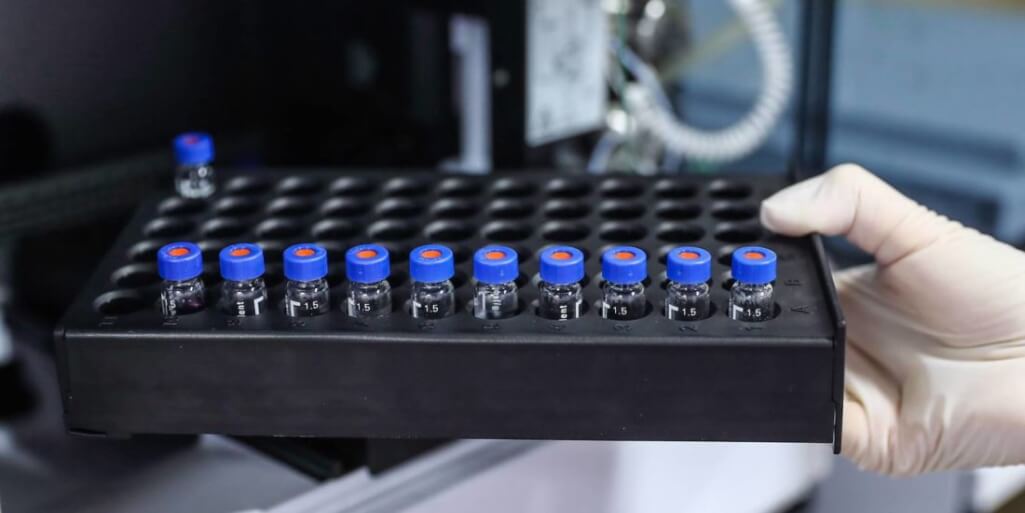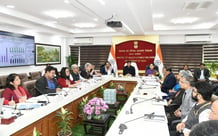In the first weeks of 2020, people began to realize that COVID-19 could be the much-feared but predictable ” Disease X “: a global pandemic caused by an unknown virus. Three months later, most of the world’s population is confined, and it is clear that, at the local, national, and international levels, our health depends on that of our neighbors.
Key to protecting societies against COVID-19 will be strong health systems, adequate testing capacity, and an effective and universally accessible vaccine. But so that no one is excluded, in addition to a collective investment of an unprecedented level, an important change in methodology is also needed.
Researchers from universities and companies around the world are working fast to develop a vaccine. And the current advances are encouraging: there are already 73 candidate vaccines under investigation or in preclinical development and five that have already entered the clinical trial phase.
This massive effort is only possible thanks to substantial public investment, which includes the United States National Institutes of Health and the Coalition for Innovations in Epidemic Preparedness (CEPI). The latter, a publicly funded non-profit organization, was created after the Ebola epidemic that hit West Africa in 2014-16, to boost research and development of applicable vaccines during a contagious outbreak.
So far, CEPI has received additional funding of $ 765 million (within a target of $ 2 billion) from several governments for the development of a vaccine against COVID-19. The Authority for Advanced Biomedical Research and Development (part of the United States Department of Health and Human Services) has made significant investments in projects for the development of a vaccine together with Johnson & Johnson ( $ 450 million ) and Moderna ( 483 million dollars ). And the European Union will seek to mobilize more public funds through a virtual donor conference to be held on May 4.
But investment alone is not enough. The entire process of innovation in vaccines, from R&D to distribution, must be governed by clear and transparent rules of action based on objectives and metrics related to the public interest. That, in turn, requires a clear alignment between the national and global public interest .
The first and most important step is to embrace a sense of mission that puts public and private investments at the service of a clear common goal: the development of one or more effective vaccines against COVID-19 that can be rapidly produced globally and put to use. available to all people free of charge . This calls for firm rules regarding intellectual property, pricing, and manufacturing, in the design and enforcement of which international collaboration and solidarity should be valued rather than competition between countries.
Second, to accelerate progress and thus maximize health impact, it is necessary to guide the ecosystem of innovations towards the use of collective intelligence. Medical science and innovation thrive and progress when researchers openly share and share knowledge, allowing them to build on the successes and failures of others in real-time.
But the current privatize scientific model, on the other hand, promotes competition and secrecy, puts regulatory approval in rich countries above accessibility and health impact worldwide, and raises barriers to the diffusion of technology. And while voluntary license funds (patent funds) such as the one Costa Rica proposed to the World Health Organization may be useful, they risk being ineffective, to the extent that private commercial companies are allowed to maintain the control of fundamental technologies and data (which were developed thanks to public investment).
Furthermore, a collective orientation is essential to select and implement the most promising potential vaccines . Otherwise, the marketing authorization may go to the candidate with the best resources instead of the most suitable one.
Third, countries must take the lead in creating and strengthening manufacturing capabilities, particularly in the developing world. Although it may take twelve to eighteen months to have an effective vaccine against COVID-19, a concerted effort must be made right now to prepare the public and private infrastructure and capabilities that will be needed to produce the thousands in a short time. millions of doses needed.
Since we don’t yet know which of the vaccines will work best, we may need to invest in a wide variety of assets and technologies. This poses a technological and financial risk that can only be overcome with the help of entrepreneurial states backed by public interest-oriented crowdfunding, provided for example by national and regional development banks, the World Bank, and charitable foundations.
Finally, any vaccine development program must include from the outset conditions that guarantee global, equitable, and affordable access. In this way, public investment will be structured not so much as a mere subsidy or correction of market failures, but rather as a proactive market-shaping force oriented to the public interest.
The price of vaccines for COVID-19 must reflect both the important public contribution to its development and the urgency and magnitude of the global health crisis. We must transcend the declarations of principles and generic commitments, instead of introducing concrete conditions that allow vaccines to be free at the place of use. Authorities should also consider applying for compulsory licenses so that countries can make optimal use of available tools and technologies.
Collective purchasing mechanisms are essential to ensure fair distribution and equitable global access to new vaccines as they develop. The main objective should be to prevent advanced economies from monopolizing global supply or leaving room for demand in the poorest countries.
In the face of the COVID-19 crisis, the usual model does not work. As the world mobilizes against the pandemic, with calls for the formation of a global alliance, donor conferences, G20 meetings, and this year’s World Health Assembly, we have an opportunity that we cannot miss. These collective efforts must include clear and accountable standards of action for all parties to commit to following a holistic approach to health innovation based on the public interest, which is to have an effective vaccine for COVID-19 that can be put in the short time available to everyone free of charge.
The development of an effective and universally accessible vaccine for COVID-19 is one of the most crucial tasks of the time in which we lived. And above all, it is the definitive test to know if the result of global cooperation between the public and private sectors (which the authorities present as essential) will be to maximize the supply of public goods or private profits.













